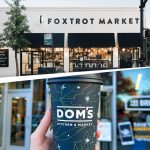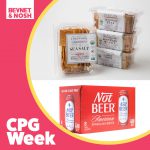Fermented Foods Up 30 Percent YOY, According to Study
There’s something bubbling up in grocery store aisles. Fermented foods, such as kombucha, sauerkraut, pickles and kimchi, are growing — both in popularity with the American consumer as well as in the variety of products offered. While demand has risen, so too has the fight for shelf space.

“Big CPG function has always been manufactured,” Fred Hart, Creative Director of design firm Interact on Shelf, told NOSH. “Yet the natural and emerging foods space has looked to the past and to nature to provide optimal, ancient function.”
These consumer desires have had direct market impact. In total, says Innova, food and beverage launches that claim to use a fermentation process have grown at a compound annual growth rate of 29 percent from 2011 to 2015. Looking at the global growth for specific products from 2014 to 2015, both sauerkraut and kimchi have seen a 14 percent growth in new product launches.

In order to get that national pickup, Hart says that brands will have to think beyond health benefits.
“Answering the question of why they exist, why people should care and what they stand for beyond health [or]wellness will elevate brands to the top of the category, even if they aren’t first to the category,” Hart notes. “The market opportunity lies in not just educating consumers to help build a burgeoning category, but simultaneously building a meaningful and differentiated brand.”
At this summer’s Fancy Food Show in New York, Project NOSH spoke to several fermented product brands about their own company’s points of differentiation, where the category is headed and what are the issues fermented foods face. Please view the video below to learn more.













